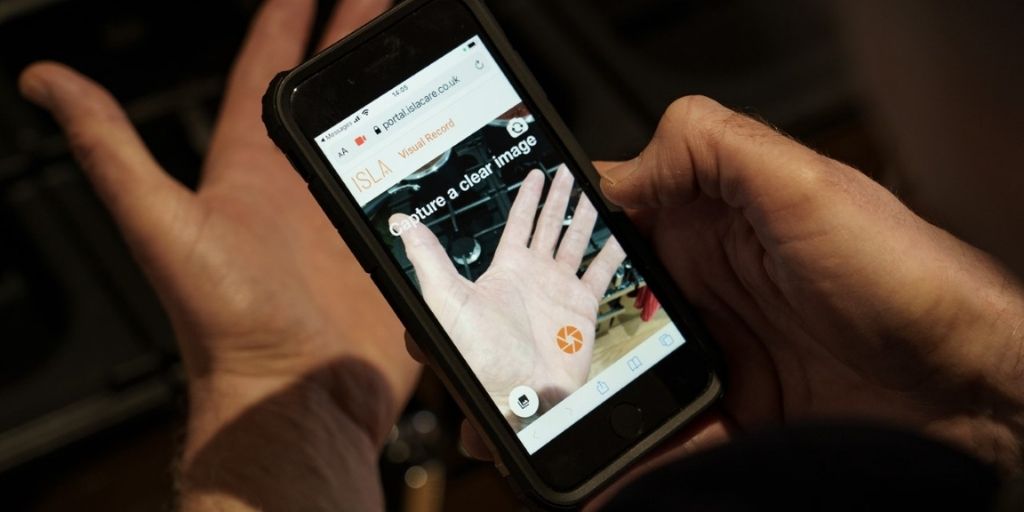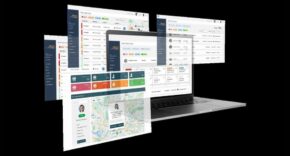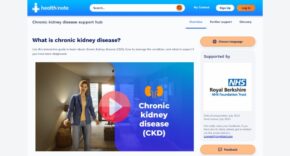
Finding a suspicious mole or mark on your skin can be an anxiety-inducing experience, and accessing care has been more complicated with a global health pandemic circling in the background. As patients, we are assessing the risk of COVID-19 versus the risk of something else which may be bothering us. Clinicians are also navigating new ways to make decisions whilst maintaining social distancing.Thankfully, many moles and lesions are assessed to be of no concern, but certainty and timely treatment, if needed, are key. Across many parts of the country, an escalating demand is emerging and so a collaboration of clinical teams across North West London as well as a digital technology partner, Isla have been working together to develop new and innovative ways to meet the needs of these patients in the most efficient and safe way. The project is ongoing but initial results show efficiencies and quality benefits for both patients and clinicians.The pathway is as follows: A patient is referred to the hospital for a specialist dermatology review of a suspicious lesion. They receive a text message a few days before their appointment prompting them to complete a short questionnaire which will help the Dr make their assessment and reduce the amount of time the patient spends in the hospital building. Rather than seeing a Dr, the patient attends Medical Photography where high quality photographs are taken and saved in their medical records for review shortly after. All questionnaire responses and images are stored and managed securely via Isla, a digital platform designed specifically for this purpose. Crucially, Isla integrates seamlessly with existing clinical systems and has been easy for patients and clinicians to use.The project is funded by NHSE/I (previously NHSX) and has allowed Dermatology teams across North West London to standardise their skin cancer pathway. Through shared learning and skills, patients referred into Chelsea and Westminster Hospital, West Middlesex University Hospital, Imperial College Hospitals or London North West will follow the same process.As well as shared learning across acute trusts, colleagues at Royal Marsden Partners, CW+ (Hospital charity of Chelsea and Westminster Hospital NHS Foundation Trust), and our colleagues in Primary Care, have contributed to the successful rollout of this care model. It has been crucial for GPs to understand the service they are referring their patient into and to create an opportunity for reciprocal learning so that GPs can make accurate referrals for their patients.Dr Claire Fuller, Consultant Dermatologist at Chelsea and Westminster Hospital NHS Foundation Trust, said of the model: “Our work with Isla is a great example of how we are working with digital health partners to benefit our patients. The Isla team fully understands the realities and needs of image management in clinical practice and how this can transform virtual practice reducing hospital visits for patients. We look forward to our ongoing collaboration as we roll-out the technology more broadly across North West London, and hopefully throughout the NHS in the future.”
This collaborative Teledermatology model has already generated significant improvements to skin cancer care in North West London. From over 8,500 cases at Chelsea and Westminster Hospital we have seen:
* 25-50% reduction in clinician time taken to make decisions and communicate findings to patients* Over 75% of patients completing their clinical forms at home before attending the hospital* Up to a 50% reduction in medical photography appointment time as important information is gathered via the digital questionnaire, reducing the time a patient is required to spend in the hospital* Improved quality of shared decision making and treatment planning as high quality images can be reviewed at any time
With the expansion of the model across the region and the development of technology to support this, there are promising indicators of this impact being replicated in other regions.












